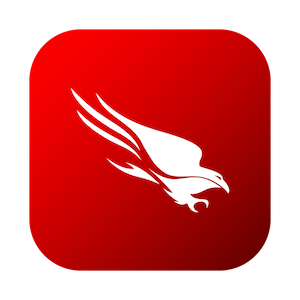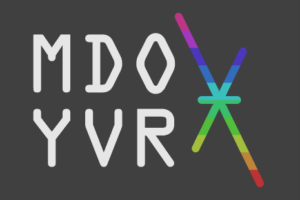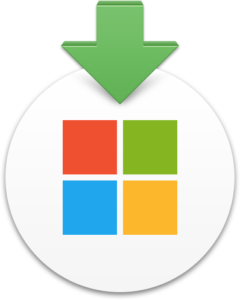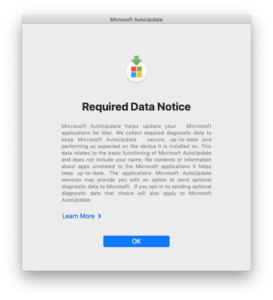 Munki is designed to ensure a specific or newer version of an application is installed on a macOS computer. A job it excels at.
Munki is designed to ensure a specific or newer version of an application is installed on a macOS computer. A job it excels at.
CrowdStrike Falcon does a great job of upgrading, and downgrading, itself. This includes the ability for admins to change their desired installed version across the fleet from the CrowdStrike console.
So how does a MacAdmin use Munki to deploy Falcon without disrupting the ability to change the installed version across the fleet on the fly?
Read on for details on how we handle it.
 While iPhones and iPads have always required internet connectivity to complete setup, Macs do not have this same requirement, allowing users to easily bypass
While iPhones and iPads have always required internet connectivity to complete setup, Macs do not have this same requirement, allowing users to easily bypass 

 Apple added the ability to use Touch ID for sudo on the command line interface
Apple added the ability to use Touch ID for sudo on the command line interface  Earlier this year Camera Bits consolidated the different Photo Mechanic (PM) versions into a single “All-in-One” download.
Earlier this year Camera Bits consolidated the different Photo Mechanic (PM) versions into a single “All-in-One” download. MacAdmins have grown accustomed to Microsoft adding new, useful managed preferences to AutoUpdate and Office over the years.
MacAdmins have grown accustomed to Microsoft adding new, useful managed preferences to AutoUpdate and Office over the years.
 macOS 14.4 includes a change that has the potential to impact a number of MacAdmins.
macOS 14.4 includes a change that has the potential to impact a number of MacAdmins.